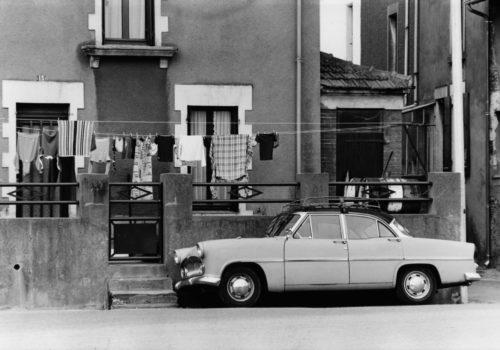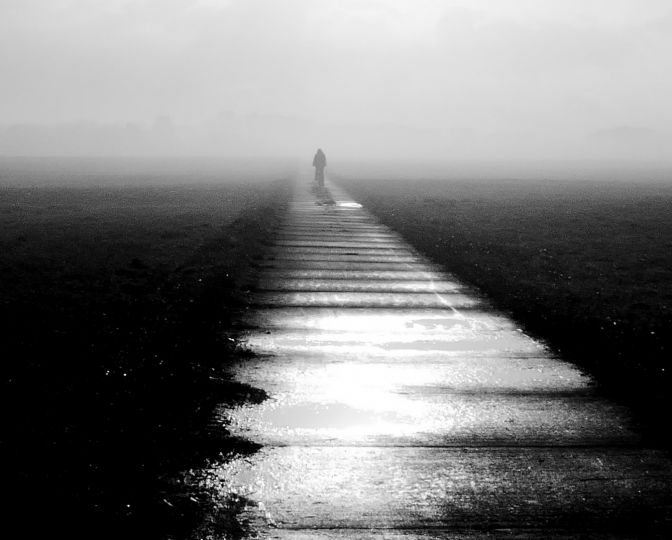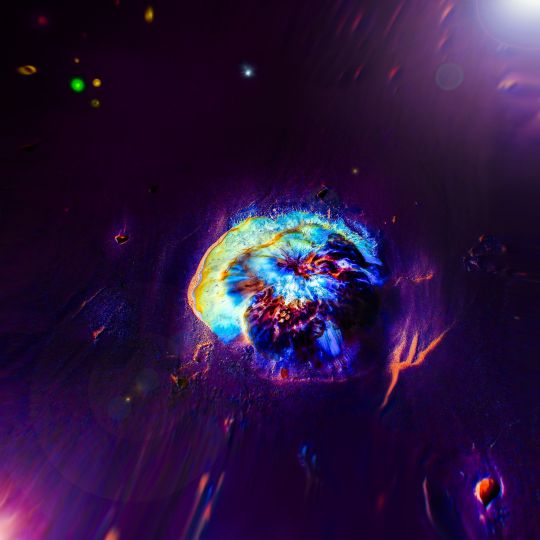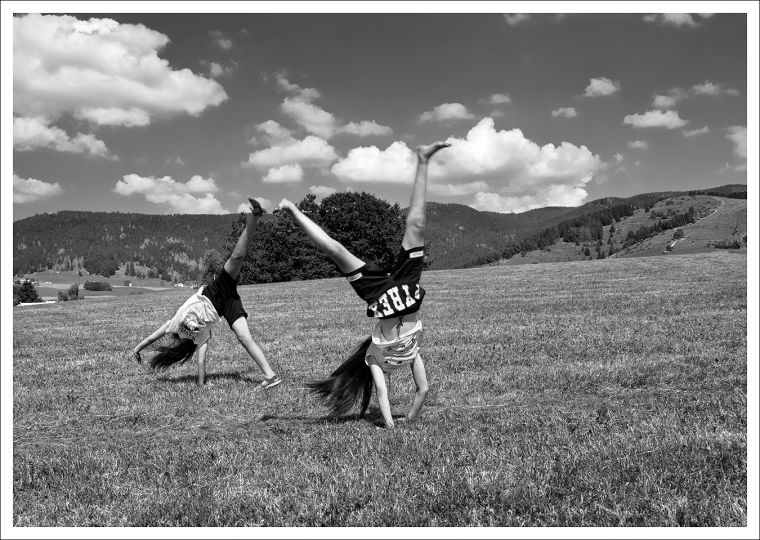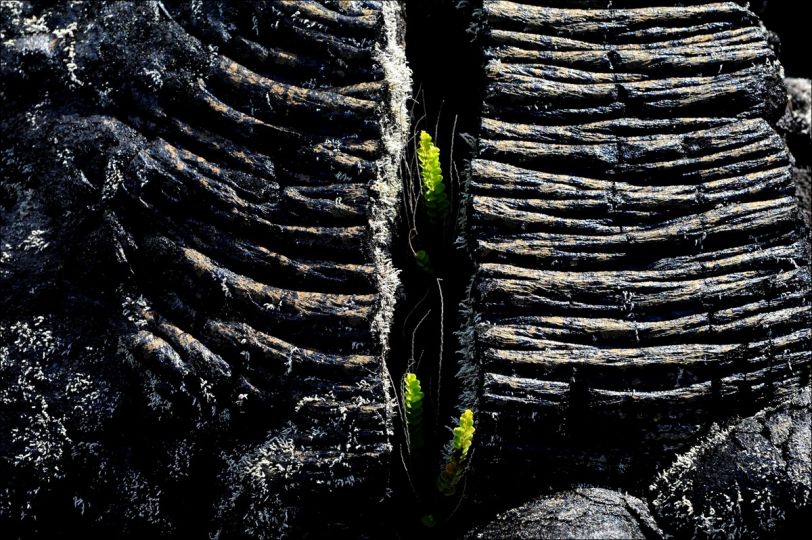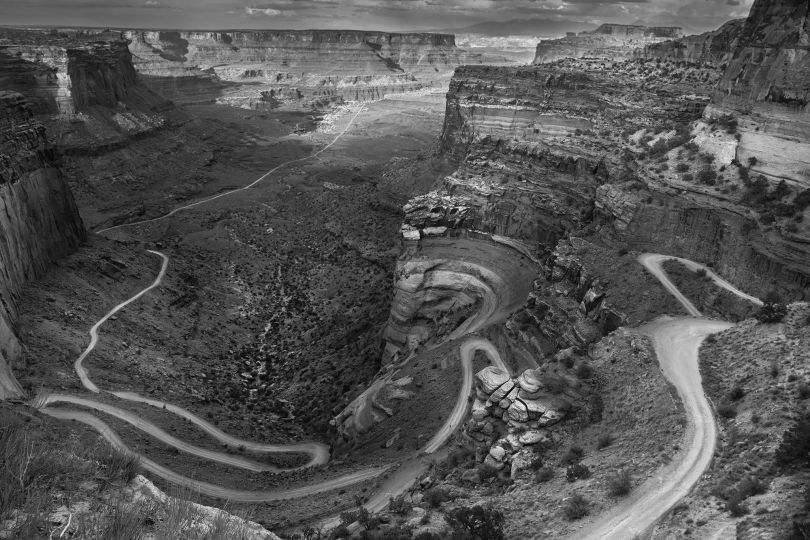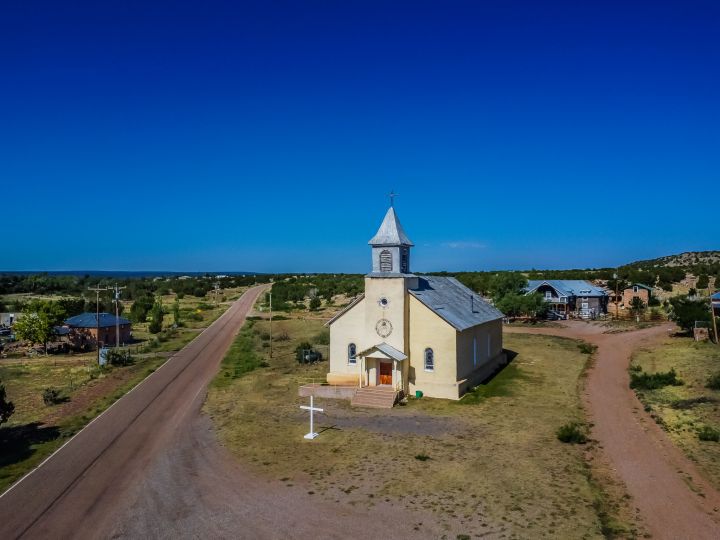A journey from view to view 80
This journey, from view to view, is not so much the work of a photographer as the realization of a renewed passion. Patience and pleasure have been my leitmotifs over the last 40 years of photography.
I can only see photographic moments in black and white. Since my early youth, I’ve been accustomed to photographing only with monochrome silver film. In fact, I’ve always developed my black and white negatives and made my own enlargements on photo paper. My mastery of the entire creative process is undoubtedly due to this craftsman’s work with silver-based materials, made up of sensitive salts coated in gelatin (gelatino-silver bromide).
As a result, the eye is experimented with at every stage of the production process. What’s more, “the way in which white and black, light and dark, contrasts and nuanced passages are distributed on the surface becomes absolutely inseparable from the photographer’s feeling.” (Héloïse Conesa – Noir & Blanc – Une esthétique de la photographie – BNF Édition.)
For me, then, the two most important elements in photography are the shot and the final print¬ – albeit, I confess, with their share of disappointments due to the inevitable annoyances of reality. For, as a photographer, you have to accept the demanding rule that is imposed from the outset: there are shots that you see and can’t make, and there are images that are ultimately satisfactory.
Over and above these technical constraints, my aim is to bring together three distinct and, as far as possible, indissociable elements in each shot:
– First of all, and this goes without saying, I want to have a certain rigor in the composition of the photographic image. I need a framing that both respects certain rules of composition and cuts out a slice of reality while suggesting, most of the time, that a larger space contains it.
– Secondly, there must be a main subject: the purpose of the image in question: what are we talking about?
– Finally, it’s essential that the “keystone” (depth) – in other words, what I’m photographing for – be a major element in the dialogue with the initial subject. It’s the actual or suggested perspective that becomes the main attraction of any photograph I like.

